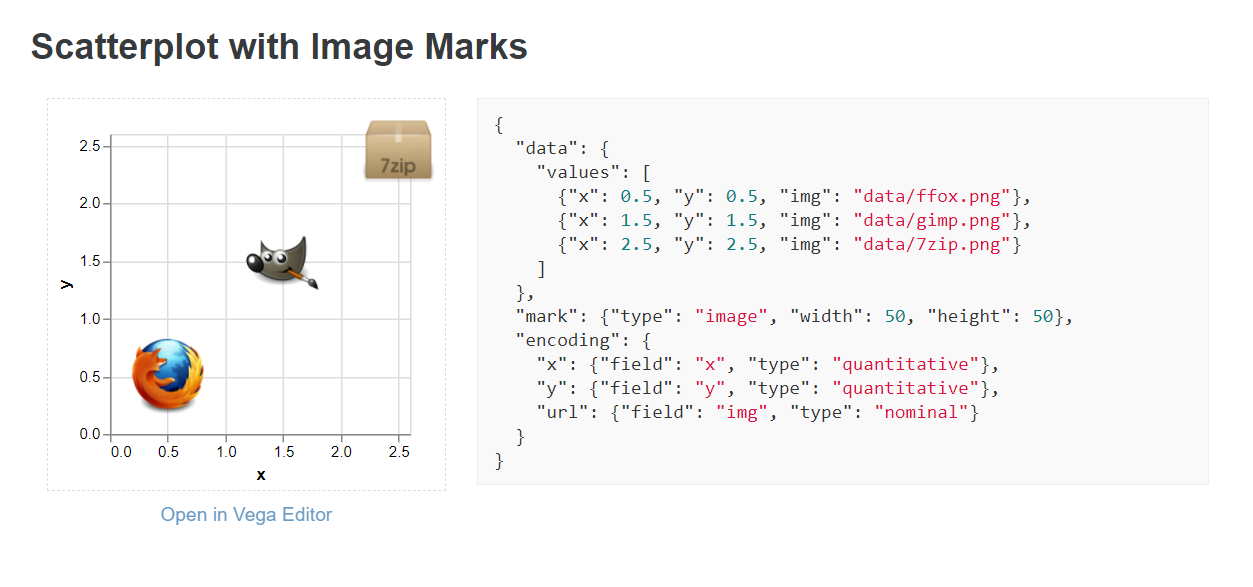

- #Altair mark text how to#
- #Altair mark text install#
- #Altair mark text code#
- #Altair mark text series#

I will use this as the basis for creating a more robust and visually appealing version using Altair. This is a functional but not beautiful plot. Let’s do a simple pandas bar plot of the top 10 values in descending order: budget_top_10 = budget.sort_values(by='amount',ascending= False)īudget_top_10.plot(kind="bar", x=budget_top_10, Higher Education Asset Preservation (HEAPR) 1ĭuluth Chemical Sciences and Advanced Materia… I fired up the notebook and got my imports in place and read in the data: import pandas as pd from altair import Chart, X, Y, Axis, SortField
#Altair mark text install#
The main benefits of this approach are that you can see a direct comparison between the various solutions I built in the past and the data is already in a tidy format so no additional manipulation is needed.īased on the installation instructions, I installed Altair using conda: conda install altair -channel conda-forge For this article, I will use the MN Budget data I have used in the past. Getting StartedĪltair works best when run in a Jupyter notebook. If you would like to learn more, I found this article to be a good primer for using pandas to get data into the tidy format. However, I think in the long-run it is a good skill to have and the investment in the data wrangling (if needed) will pay off in the end by enforcing a consistent process for visualizing data. For new users, this may take some time getting used to. The general idea is that you wrangle your data into the appropriate format, then use the Altair API to perform various grouping or other data summary techniques for your specific situation. As described above, Altair expects all of the data to be in tidy format. Before going any further, I wanted to highlight one other unique aspect of Altair related to the data format it expects.
#Altair mark text series#
The Altair documentation is an excellent series of notebooks and I encourage folks interested in learning more to check it out. You will see more of this behavior in the examples below.

Obviously it is possible to change the value but trying to figure that out takes away from interpreting the data. In Altair, if I plot a value like 10,000,000, it will display it as 10M whereas default matplotlib plots it in scientific notation (1.0 X 1e8). To illustrated this point, here is one very small example of where Altair differs from matplotlib when charting values. By making reasonable assumptions, the user can spend more time exploring the data than trying to figure out a complex API for displaying it.
#Altair mark text how to#
Where Altair differentiates itself from some of the other tools is that it attempts to interpret the data passed to it and make some reasonable assumptions about how to display it. For convenience, Altair can optionally use ipyvega to display client-side renderings seamlessly in the Jupyter notebook.
#Altair mark text code#


 0 kommentar(er)
0 kommentar(er)
